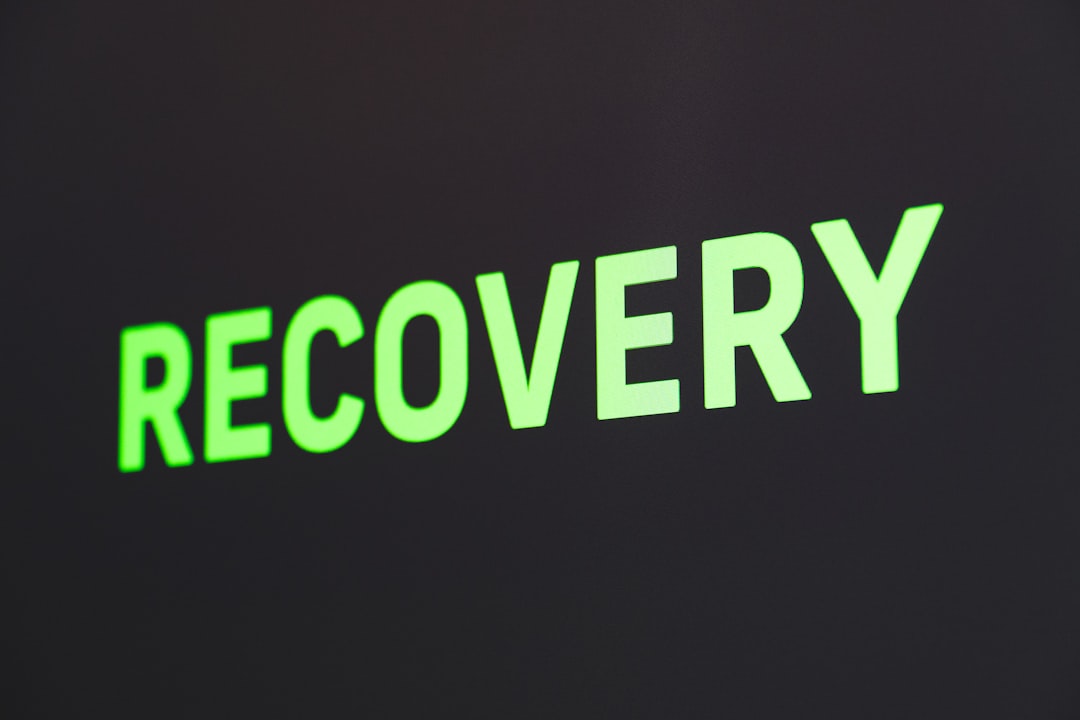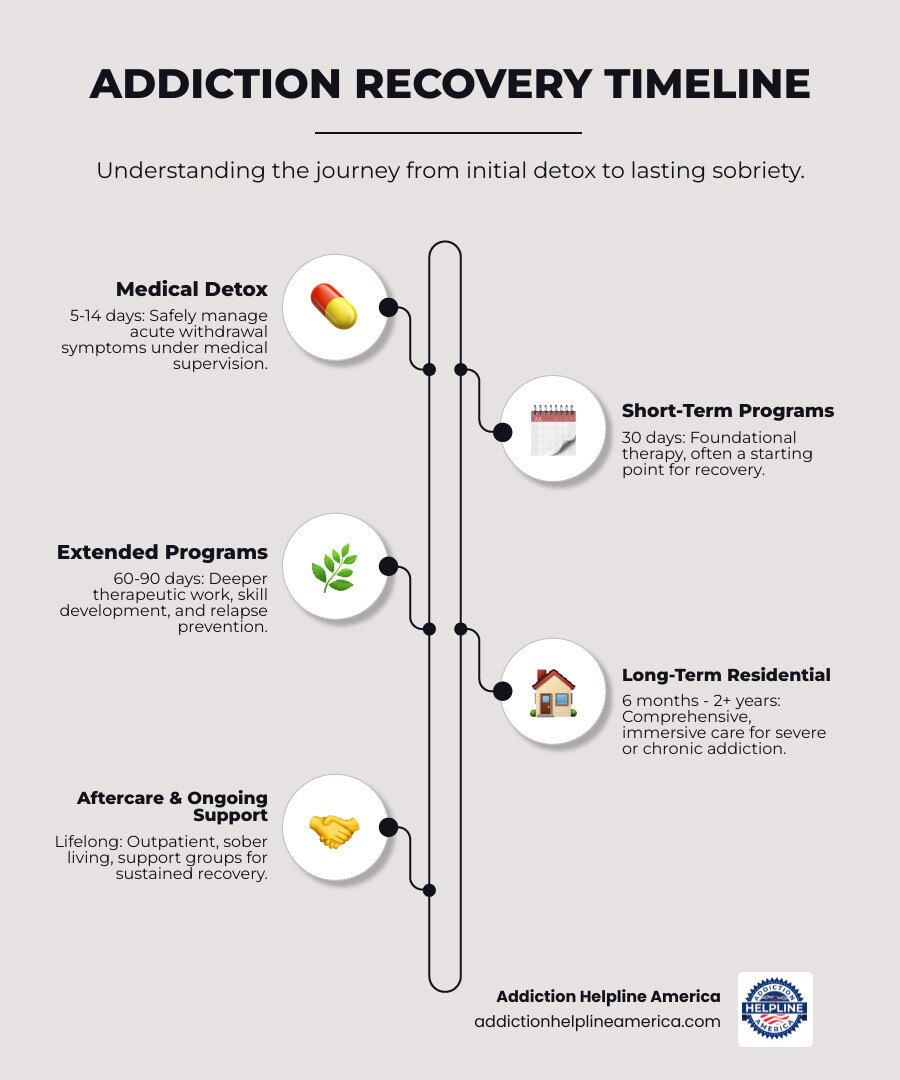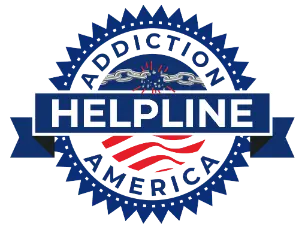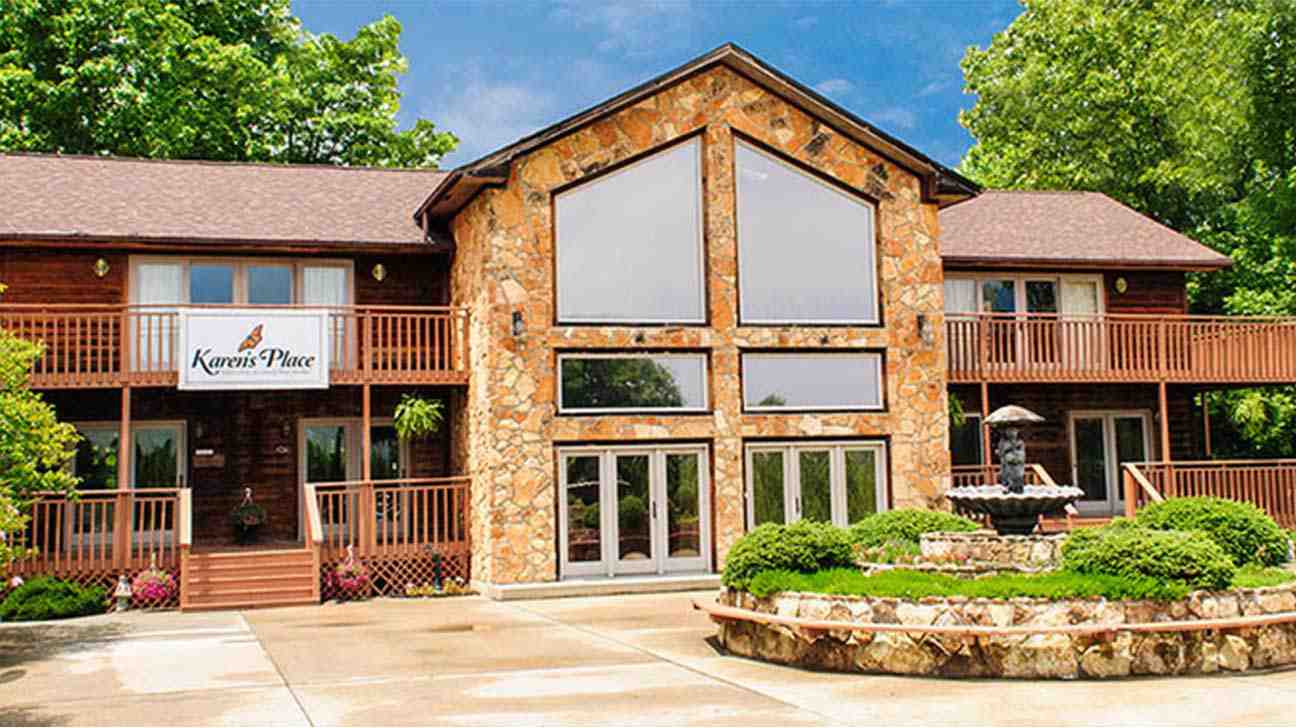
Understanding the Reality of Rehab Duration
When someone asks how long rehab takes, there’s no simple answer. Addiction recovery is a personal journey, and treatment programs are not one-size-fits-all.
Quick Answer: Common Rehab Program Lengths
- Medical Detox: 5-14 days (average 7+ days)
- Short-term Programs: 30 days (most common, often covered by insurance)
- Extended Programs: 60-90 days (research shows better outcomes)
- Long-term Residential: 6 months to 2 years
- Outpatient Treatment: 30-90 days for intensive programs, up to 1 year for regular outpatient
Your rehab length depends on factors like addiction severity, substances used, mental health, and personal circumstances. Research consistently shows that individuals who remain in treatment for 90 days or more have significantly lower relapse rates compared to those in shorter programs.
Whether you’re facing addiction personally or supporting a loved one, understanding the different timelines for recovery is crucial for making the best decision. The journey from detox to long-term sobriety follows different paths for different people.
At Addiction Helpline America, we guide individuals and families to find the right treatment. We help you understand program lengths to find the best fit for your unique situation, creating a strong foundation for lasting recovery.

A Spectrum of Care: Common Rehab Program Durations
Treatment centers offer a wide range of program lengths because recovery is different for everyone. The question of how long rehab takes depends on your starting point and the depth of healing required.
Most journeys begin with medical detox (5-14 days) to manage withdrawal symptoms. From there, many enter a 30-day program, a common option covered by insurance. However, research from the National Institute on Drug Abuse shows that longer stays often lead to better outcomes.
60-day programs allow more time to explore the root causes of addiction, while 90-day programs are often called the “gold standard” for building lasting coping skills. For those needing more support, extended care options include programs lasting 6 months to 2 years, plus sober living homes.
Modern addiction treatment is flexible. You can adjust your program length or transition between levels of care, such as from residential to outpatient, as your needs change.
The First Step: Medical Detox
Before addressing the psychological aspects of addiction, your body must safely clear the substances. This is medical detox, and it should always be done under professional supervision.

Medical detox typically takes 7 or more days, but the timeline depends on the substance. Alcohol withdrawal can last 3-14 days, opioid withdrawal 4-10 days, and benzodiazepine withdrawal can last 2-8 weeks or longer.
During detox, you receive 24/7 medical monitoring and medications to manage symptoms, ensuring you are physically stable. This physical stabilization is not just about getting through withdrawal—it’s about preparing your body and mind for the real work of recovery.
Short-Term vs. Long-Term Programs
Choosing between short-term intensive care and long-term comprehensive healing is one of the biggest decisions in recovery.
30-day programs are a common starting point. They are often covered by insurance and provide a solid foundation through detox, intensive therapy, and aftercare planning. These programs can work well for people with less severe addictions or strong home support systems.
However, research from the National Institute on Drug Abuse consistently shows that 90-day programs yield better outcomes. More time allows the brain to heal from the chemical changes caused by addiction. 90 days gives you enough time to break old patterns, build healthy habits, address underlying issues, and practice new coping skills in a safe environment.
60-day programs offer a middle ground, providing more time than a 30-day stay to work through deeper issues while being a shorter commitment than three months. Many find this duration allows them to stabilize their recovery before returning to their responsibilities.
Recovery can’t be rushed. Healing takes time, just as addiction developed over time.
Key Factors That Influence How Long Rehab Is
The right rehab duration is unique to each person and is determined by a comprehensive assessment. This evaluation creates a roadmap for your recovery journey by looking at several key factors.

- Addiction severity: Someone with a long history of heavy substance use will likely need more time to heal than someone with a milder dependence.
- Type of substance: Different drugs like opioids, alcohol, and benzodiazepines have unique effects and withdrawal timelines, influencing treatment length.
- History with substance use: Previous treatment attempts and relapses are not failures; they provide valuable information that can indicate a longer, more comprehensive program is needed.
- Individual progress and motivation: Everyone moves at their own pace. Some people may need more time to build trust and work through resistance.
- Physical and mental health: Chronic health conditions or nutritional deficiencies can complicate recovery and extend the time needed for healing.
How Co-occurring Disorders Affect Rehab Duration
About 21.5 million people with substance use disorders also have a mental health condition like depression, anxiety, or PTSD. This is known as a “dual diagnosis,” and it significantly impacts how long rehab needs to be.
Addiction and mental health issues are interconnected and must be treated simultaneously through integrated treatment. This complexity naturally extends the treatment duration. For example, research shows outpatients with mood or anxiety disorders often spend more days in treatment than other outpatients.
Longer programs provide the time needed to understand how your mental health and addiction interact and to work through these connections. The Substance Abuse and Mental Health Services Administration (SAMHSA) emphasizes the need for comprehensive, extended care for people with co-occurring disorders. You can learn more in their SAMHSA guide on co-occurring disorders.
The Role of Insurance and Personal Responsibilities
Practical realities like insurance and personal responsibilities also influence treatment length, alongside clinical needs.
Insurance coverage has improved, with most plans now covering substance use disorder treatment. However, coverage varies. Many insurers readily cover 30-day programs, but you should verify your benefits for longer stays. Treatment centers can often help you explore payment options or transition to more affordable levels of care.
Personal responsibilities like work, family, and childcare are valid concerns. However, laws like the Family and Medical Leave Act (FMLA) may require employers to allow time off for medical treatment. It’s worth exploring your options before assuming you can’t take the time you need.
Finding a balance between clinical recommendations and practical constraints is possible. At Addiction Helpline America, we help people steer these complexities to find programs that fit their clinical needs and real-world situations.
Inpatient vs. Outpatient: Comparing Program Lengths and Intensity
When deciding how long rehab should be, a major choice is between inpatient and outpatient treatment. Both can be effective, but they suit different needs and situations.
| Feature | Inpatient (Residential) Rehab | Outpatient Rehab (IOP/Regular) |
|---|---|---|
| Duration | Typically 28-90 days, but can extend to 6 months or more | IOP: 30-90 days; Regular: 45-60+ days, up to 1 year |
| Intensity | High; 24/7 supervision, structured daily schedule, immersive | Moderate to Low; Scheduled sessions (3-5x/week for IOP, 1-2x/week for Regular) |
| Environment | Live at the facility, removed from triggers, peer support | Live at home, attend sessions, balance with daily life |
| Ideal Candidate | Severe addiction, unstable home, co-occurring disorders, need for intense focus | Milder addiction, stable home, strong support, need for flexibility, step-down from inpatient |
Inpatient rehab offers a 24/7 supportive environment where you live at the facility, while outpatient programs allow you to live at home and attend scheduled treatment sessions. The choice depends on the intensity of your needs and your life circumstances.
What to Expect in Inpatient Rehab
Inpatient rehab provides an immersive environment focused solely on recovery. You live at the facility, removed from people, places, and situations that might trigger substance use.
Your structured days include individual counseling to explore the roots of your addiction, group therapy to connect with peers, and educational workshops about the science of addiction. Many programs also offer holistic activities like yoga or meditation and provide ongoing medical monitoring to ensure you are physically and mentally stable.
Most stays are for 30 to 90 days, though some programs are longer. The extended time allows your brain to heal and helps you build a stronger foundation for sobriety.
How Outpatient Rehab Works
Outpatient rehab allows you to live at home while attending therapy sessions, applying recovery skills to daily life from the start. This approach is effective for those who need to balance recovery with work, school, or family.
Intensive Outpatient Programs (IOPs) are highly structured, requiring 9-30 hours of treatment per week for 30 to 90 days. Regular outpatient treatment is less intensive, with 1-2 sessions per week for 45-60 days or longer, making it a good option for those with milder addictions or as a step-down from a higher level of care.
While outpatient care means facing daily triggers, it also provides an opportunity to practice coping skills in real-world situations. Success in outpatient treatment often depends on having a strong support system at home and being motivated to stick with your treatment plan.
The Benefits of Shorter vs. Longer Rehab Programs
When asking how long rehab should be, you’re trying to find the path with the best chance of success. Both shorter and longer programs can be effective, depending on your unique situation and the severity of your addiction.

Think of it like choosing the right tool for a job. A 30-day program might be perfect for someone starting their recovery, while another person might need the deeper healing of a 90-day stay. Neither is wrong; they are different approaches to the same goal of a life free from addiction.
Advantages of Short-Term Rehab (30 Days)
A 30-day program can feel more manageable, making it easier to commit to treatment. Short-term rehab offers several advantages:
- Less Disruption: A month-long program is less disruptive to work, family, and school obligations.
- Lower Cost: A 30-day program is typically less expensive, and many insurance plans readily cover this duration.
- Easier Commitment: The idea of a one-month commitment can feel less overwhelming, encouraging people to seek help.
For those with milder substance use disorders, a focused 30-day program can provide an intensive reset. However, success in a shorter program depends on a rock-solid aftercare plan to maintain momentum.
Why Longer Stays (90+ Days) Lead to Better Outcomes
While 30-day programs are useful, research shows that stays of 90 days or longer lead to better outcomes and lower relapse rates. Longer treatment is often better for several reasons:
- Time for Brain Healing: Addiction changes brain function, and it takes time for the brain to heal and form new, healthy neural pathways.
- Addressing Root Causes: Longer programs provide the space to dig deeper into underlying issues like trauma or co-occurring mental health disorders.
- Practicing Coping Skills: You have more time to practice new coping skills in a supportive environment, preparing you for real-world challenges.
- Building a Support Network: Genuine connections with peers in recovery take time to build and can become a vital part of your long-term support system.
Longer stays significantly reduce the risk of relapse. One study found that only 17% of people who stayed 90 days or longer used drugs in the year after treatment, compared to 35% of those who stayed fewer than 90 days. Recovery is a marathon, not a sprint, and a longer commitment provides the time needed to build a strong foundation for sobriety.
After the Program: Continuing Care and Lifelong Recovery
Completing a rehab program is a major achievement, but it’s the beginning of a lifelong journey. Recovery is a marathon, not a sprint, and the work continues after the initial program. Statistics show that relapse is common, especially in the first six months, but people who engage in aftercare have much better outcomes.
Think of aftercare as your recovery insurance policy. It provides a bridge from the structured environment of rehab back to everyday life. There are many different ways to stay connected to your recovery, and you can find what works best for you.
What Does Aftercare Involve?
Aftercare is not one-size-fits-all; it’s a personalized plan of support options custom to your needs. Common components include:
- Sober living homes: These provide a supportive, substance-free environment for people transitioning from rehab. Residents live together and support each other while rebuilding their lives.
- Support groups: Groups like Alcoholics Anonymous (AA) and Narcotics Anonymous (NA) offer invaluable peer support from others who understand the recovery journey.
- Continued therapy: Individual or family therapy helps you process ongoing challenges and heal relationships. Cognitive Behavioral Therapy (CBT) is often used to change negative thought patterns.
- Alumni programs: Many treatment centers offer programs to keep you connected to your recovery community through events, meetings, and mentorship.
- Case management services: A case manager can help you steer challenges like finding employment, securing housing, or dealing with legal issues.
- Medication-assisted treatment (MAT): For some, especially those recovering from opioid or alcohol addiction, medications combined with counseling can reduce cravings and prevent relapse.
As Lisa Onken from NIDA’s behavioral treatment branch explains, longer engagement in treatment and support helps people develop the skills they need to stay sober when faced with cravings. Aftercare provides the tools and support system you need to steer the challenges of long-term recovery.
Frequently Asked Questions About Rehab Duration
When considering rehab, it’s natural to have questions. At Addiction Helpline America, we want to address your concerns about how long rehab takes to help you find the path to lasting recovery.
How do I know what length of rehab I need?
The best length is determined by a professional assessment. A clinician will evaluate factors like the severity of your addiction, the substances used, any co-occurring mental health disorders, your physical health, and your support system. While 30-day programs are a common starting point, research shows that longer programs (90 days or more) have better outcomes, giving your brain and body the time they need to heal.
Can I extend my stay if I need more time?
Yes, most treatment centers are flexible. Recovery happens at a different pace for everyone. If you and your clinical team feel that more time would be beneficial, it’s often possible to extend your stay. You might upgrade from a 30-day to a 60 or 90-day program or transition to a step-down level of care, like an Intensive Outpatient Program (IOP), to continue receiving support while adjusting to life outside of a residential setting.
Does insurance dictate how long I can be in rehab?
Insurance plays a role, but it doesn’t have to be the only factor. While many plans have limits on covered days for residential treatment, there are ways to steer this. Most plans cover 30-day programs, and facilities are experienced in working with insurers to get authorization for longer stays when medically necessary. If coverage ends, you might transition to a covered outpatient program or explore payment plans. Your clinical needs should always guide treatment decisions, and we can help you understand your options.
Find the Right Path for Your Recovery Journey
The right answer to how long rehab should last is personal. Whether you need a 30, 60, or 90-day program depends on your unique journey. What matters most is finding a program that provides the time and tools you need to build lasting sobriety.
Some people thrive in shorter programs with strong home support, while others need the extended structure of longer treatment to heal from years of addiction. While research shows longer programs often lead to better outcomes, the crucial element is an individualized plan that considers your addiction severity, mental health, and personal goals.
At Addiction Helpline America, we know how overwhelming this decision can be. That’s why we’re here—to cut through the confusion and help you find clarity.
Our team provides free, confidential guidance to help you understand your options without pressure. We’ll help you explore insurance coverage, connect you with treatment centers that fit your needs, and ensure you feel confident in your choice. We can help you understand the differences between program types and balance treatment with your life’s obligations.
Lasting recovery is absolutely possible. You don’t have to figure this out alone. Take the first brave step today.
Find a personalized recovery program that fits your unique situation and gives you the best chance at the sober, fulfilling life you deserve.
Our helpline is 100%
free & confidential
If you or someone you care about is struggling with drug or alcohol addiction, we can help you explore your recovery options. Don’t face this challenge alone—seek support from us.
Programs
Resources
Will my insurance
cover addiction
treatment?
We're ready to help
Find the best
drug or alcohol treatment
center
Are you or a loved one struggling with addiction? Call today to speak to a treatment expert.












